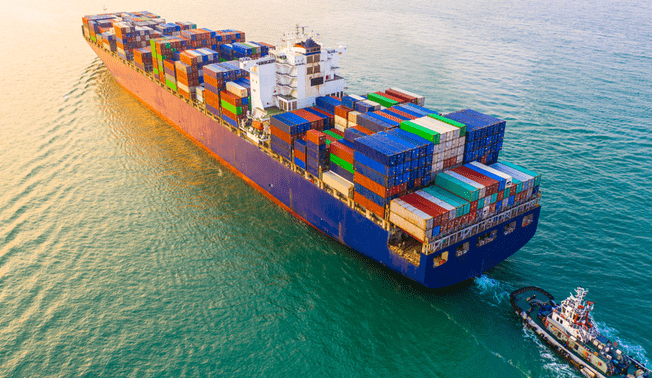Tensions are rising as shippers charge that carriers are intentionally restricting capacity and overbooking vessels in the eastbound trans-Pacific in order to push freight rates higher. For their part, carriers blame the tight capacity on shippers’ inability to accurately forecast demand during the COVID-19 crisis. Regardless of the cause, the tensions speak to larger trends in the container shipping industry, namely carriers’ successful management of capacity to meet future volumes and general uncertainty among importers of just how much restocking is needed as the North American economy recovers from the pandemic. These conditions are expected to continue in the coming months.
Carrier executives said that the tight outbound capacity at Chinese ports resulted from an unexpected late-May spike in US imports. Volumes are increasing as retailers begin to replenish inventories of merchandise that have been moving out of warehouses to store shelves as the US economy begins to reopen.
As a result, spot rates from China -US West Coast are unusually high right now, up 1.7 percent from the previous week and 48.2 percent from the same week a year ago. The China-US East Coast rate was basically flat from last week, and 9.4 percent higher than the same week a year ago. This indicates that the import surge has been greatest to the West Coast.
Blank sailings reduce capacity in eastbound trans-Pacific
Shippers, however, charged that the spike in the West Coast spot rate is due mostly to carriers restricting capacity from South China to the ports of Los Angeles and Long Beach through blank sailings. Carriers this past month have blanked 36 sailings in the trans-Pacific; at the same time, import volumes have increased the past two weeks as some regions of the country reopened businesses that were closed during COVID-19 lockdowns.
For weeks 23-24 (beginning June 1 and June 8), vessel capacity in the Pacific Southwest services from South China to California is “extremely tight,” one industry consultant said. “All steamship lines are overbooked now.” The consultant further described space on services to the Pacific Northwest and all-water strings from China to the East Coast as “tight.”
What’s more, one shipper said, “Carriers are taking full advantage of the situation and charging a premium for guaranteed loading or expedited services.” Carriers said vessels leaving some Chinese ports the past two weeks were booked at 110 percent of capacity. Some shippers with Fixed Rate agreements with carriers were reportedly told that due to vessel overbooking their shipments in excess of their Minimum Quantity Commitment would be rolled to subsequent voyages unless they paid premiums equalizing their freight rate to the prevailing spot rate in the respective trade at the time.
Carriers have ‘zero visibility’ into retail demand
Carrier sources dismissed the statements from shippers and said their decisions to cancel sailings at Asian ports, which were announced three to five weeks in advance in order to give customers time to adjust their supply chains, are based on feedback they receive from their customers. A second carrier stated that in March and April they [along with other carriers] made good-faith supply-demand forecasts in a volatile market that has been roiled by COVID-19. “There was no premeditated plan to prop up rates,” the executive said.
When US containerized imports from Asia plunged in March and April, carriers were planning their sailing schedules a month or so forward, the carrier executives said. Because they were given no insight into retailers’ plans for replenishing their inventories in May, they determined that in order to control costs, they would have to cancel sailings.
Anticipating a slow start to the peak-shipping season that runs from August through October, trans-Pacific carriers since April have canceled more than 120 sailings into July.
Retailers likewise are expecting a slow summer shipping season. Back-to-school merchandise traditionally represents the second busiest period of the year for imports from Asia, but this year, many school districts across the US have yet to determine whether students will return to the classrooms in the fall or study virtually from home. This uncertainty is impacting back-to-school imports, which normally enter the country in May and June in order to be on store shelves immediately after July 4. Carriers say this has added yet another layer of uncertainty to the supply chain.
Source: JOC


